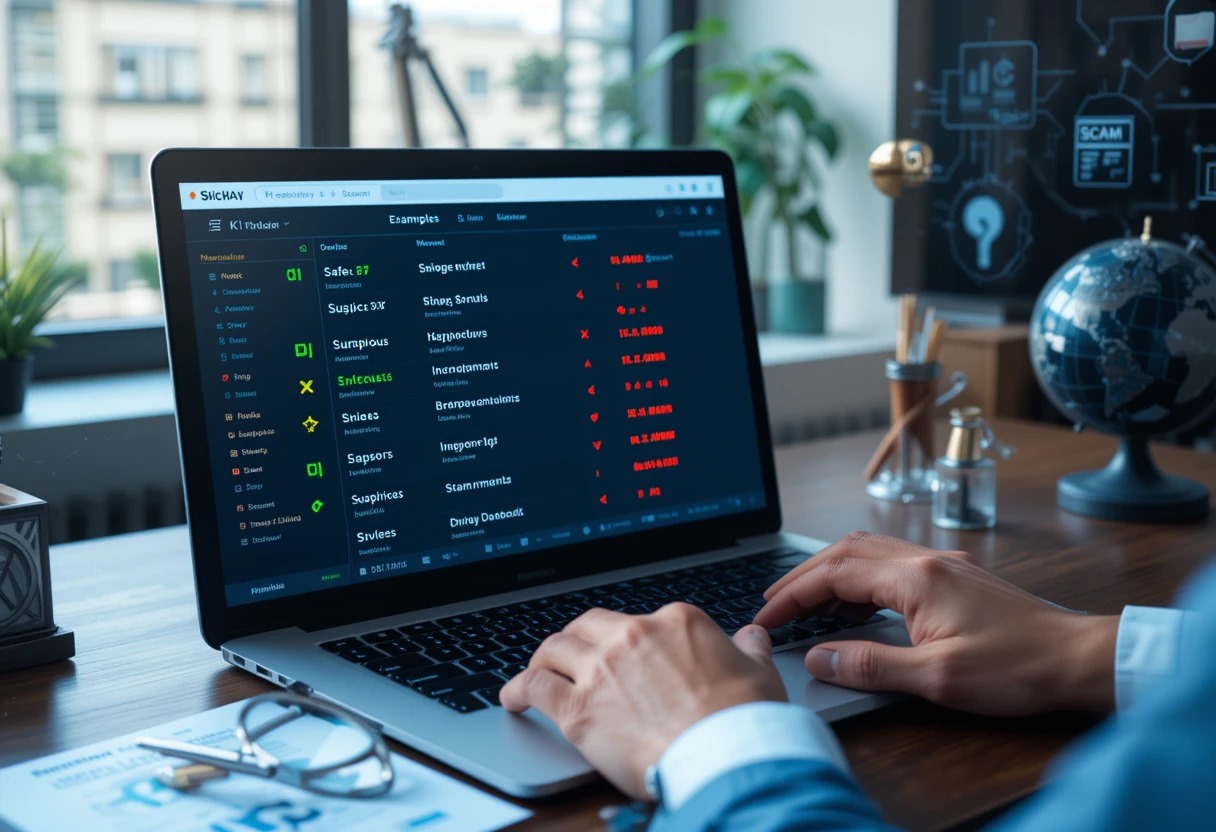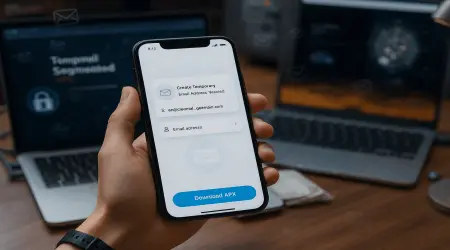

How to Avoid Risky Top-Level Domains (TLDs) and Spot Suspicious Websites
Every time you visit a website, you interact with a domain name—and its Top-Level Domain (TLD). This is the part that comes after the last dot in a URL, like .com, .org, or .net. But not all TLDs are created equal. Some are widely abused by cybercriminals and spammers due to lax oversight by their registrars. Knowing which TLDs to avoid can protect your online privacy, prevent phishing, and reduce spam.
In this article, we'll break down how to identify bad TLDs using real data and offer tips to stay safe online.
Why Are Some TLDs Considered Bad?
Certain TLDs gain a reputation for being risky due to their association with spam, malware, and fraudulent activities. When a registrar does not implement sufficient vetting processes or security measures, it becomes easier for malicious actors to register domains within that TLD. These bad actors use such domains for sending spam emails, distributing malware, or conducting phishing attacks.
Spamhaus—a non-profit organization that monitors internet abuse—regularly publishes a list of the most abused TLDs. They assess TLDs using two primary criteria:
- A high ratio of bad domains to good ones, suggesting poor regulation and oversight.
- A large total number of malicious domains, indicating that the TLD contributes significantly to online threats.
Spamhaus considers only active domains based on DNS queries and email traffic. This approach ensures their rankings reflect real-world abuse.
How to Avoid Bad TLDs
You don’t need to be a cybersecurity expert to protect yourself from bad TLDs. Follow these simple steps to stay safe:
- Visit Spamhaus’s official website and consult their Top 10 Most Abused TLDs list. This should be your first reference point before registering a domain.
- Use WHOIS lookup tools to gather detailed information about a domain. Learn about its creation date, owner, registrar, and hosting provider. This can help you detect patterns of abuse.
- Look at the domain's structure. Random sequences of letters and numbers, excessive hyphens, or extensions you rarely see could be indicators of risk.
- When choosing a domain for your website or email, prioritize reputable TLDs such as .com, .org, or country-specific domains like .uk or .ca.
Staying informed and using a cautious approach can help you steer clear of malicious domains.
Most Abused TLDs
Based on data from Spamhaus, here are the top 10 TLDs most commonly associated with spam and abuse:
Rank | TLD | Badness Index | Domains Seen | Bad Domains (% Abuse) |
|---|---|---|---|---|
1 | .rest | 3.86 | 1,061 | 635 (59.8%) |
2 | .top | 1.57 | 88,900 | 14,565 (16.4%) |
3 | .cfd | 1.49 | 41,491 | 6,968 (16.8%) |
4 | .live | 1.43 | 37,786 | 6,171 (16.3%) |
5 | .beauty | 1.22 | 3,899 | 721 (18.5%) |
6 | .okinawa | 1.19 | 101 | 34 (33.7%) |
7 | .monster | 1.11 | 7,802 | 1,219 (15.6%) |
8 | .cn | 1.02 | 136,768 | 14,537 (10.6%) |
9 | .quest | 1.00 | 4,167 | 646 (15.5%) |
10 | .wiki | 0.94 | 3,653 | 546 (14.9%) |
These TLDs have a high percentage of bad domains and/or a high volume of abuse reports, making them riskier to interact with or register.
Tips to Identify Suspicious Domains
Recognizing the warning signs of a suspicious domain can prevent serious security issues. Here’s what to look out for:
- Unusual spellings or characters: Scammers often use domains like micr0soft-support.com instead of the legitimate microsoft.com to trick users.
- Unexpected TLD usage: A banking website using .top or .rest should raise red flags, as these TLDs are commonly exploited.
- Over-the-top promises or offers: Sites that promise unrealistic benefits—like "Get rich overnight" or "Win a free iPhone"—are usually malicious.
- Excessive use of dashes or numbers: This tactic is often used to create fake versions of trustworthy brands or to game search engine algorithms.
Always hover over links before clicking and consider using browser plugins that alert you about unsafe websites.
Conclusion
Top-Level Domains are a fundamental part of the web’s infrastructure. However, bad actors exploit weak registry policies to flood the internet with harmful domains. By consulting resources like Spamhaus, practicing cautious browsing habits, and avoiding risky TLDs, users can significantly reduce the likelihood of falling victim to scams and cyberattacks.
In an era where digital threats are constantly evolving, awareness and proactive action are your first lines of defense. Choose TLDs wisely, inspect domain names critically, and always prioritize your digital security

